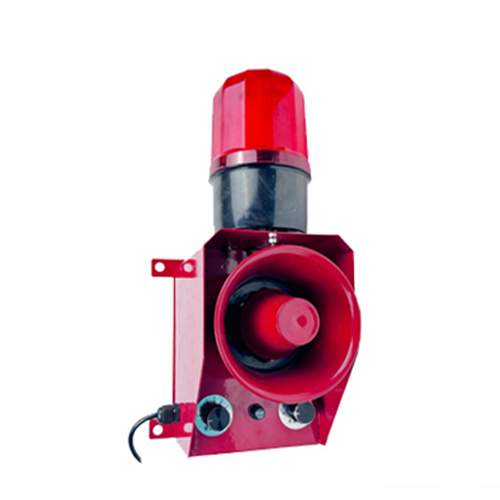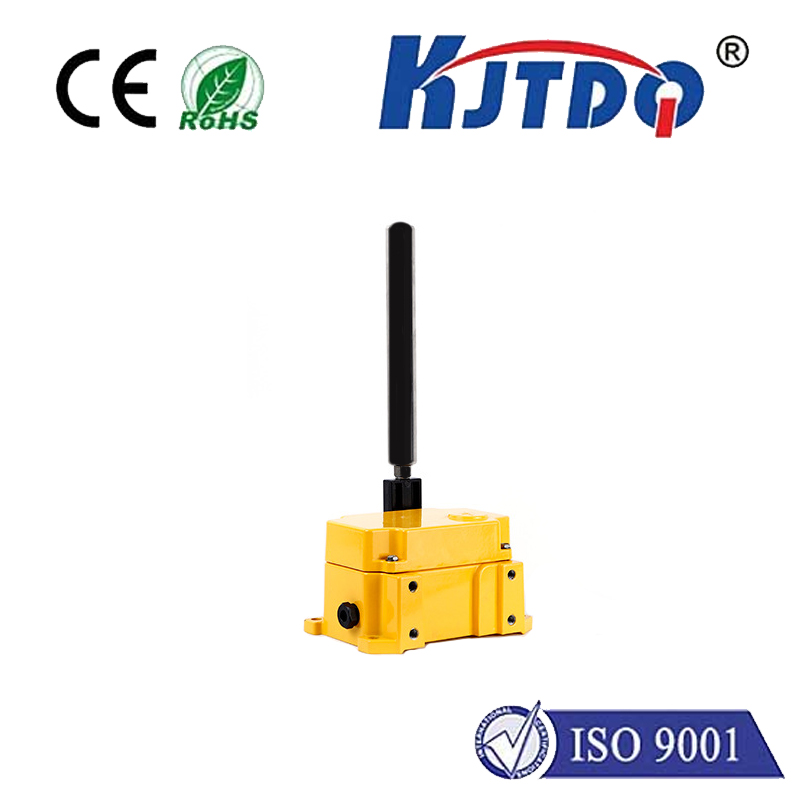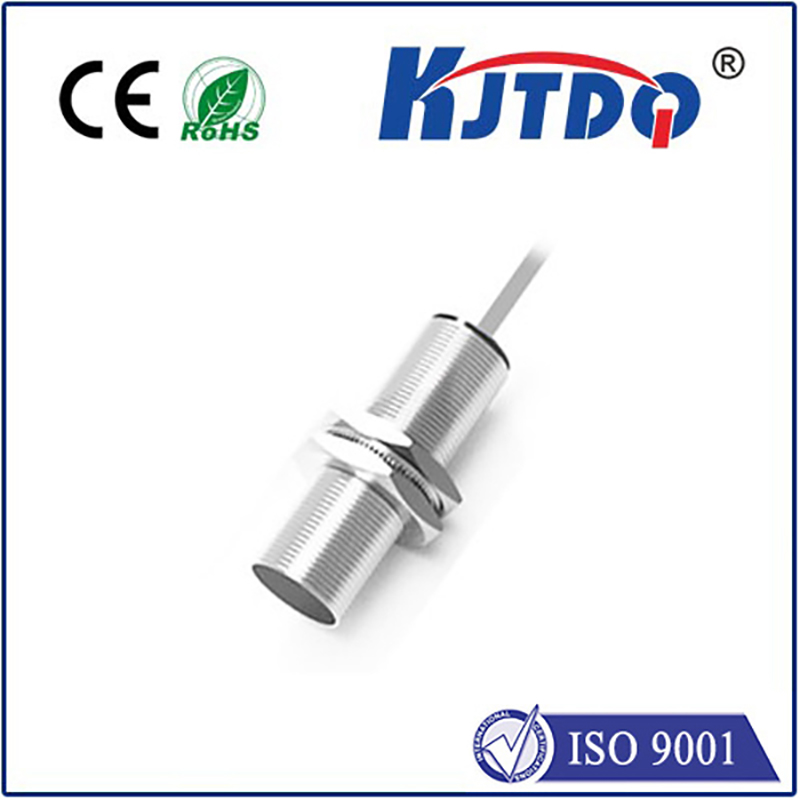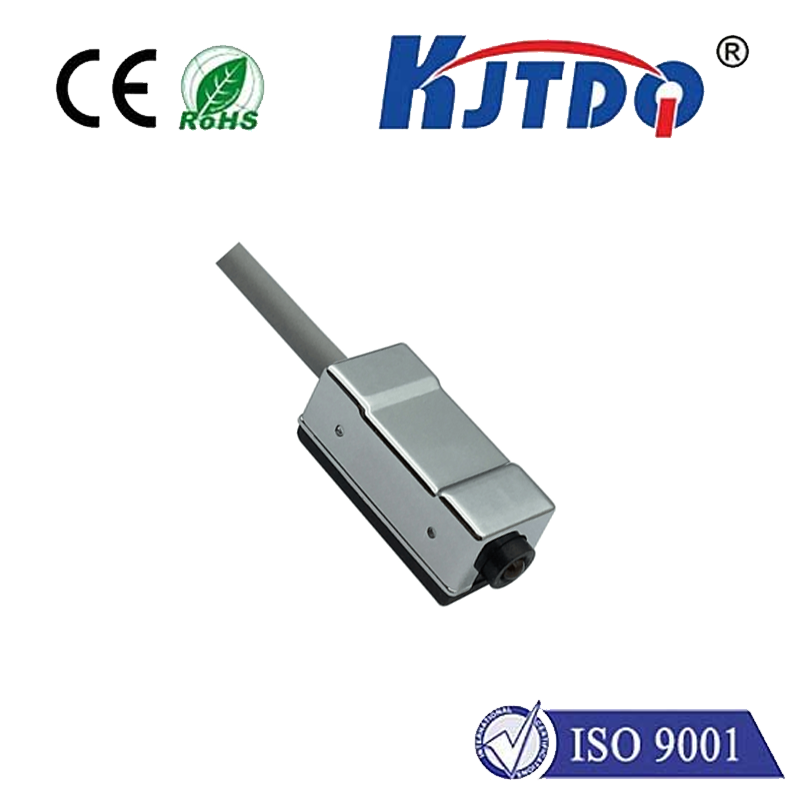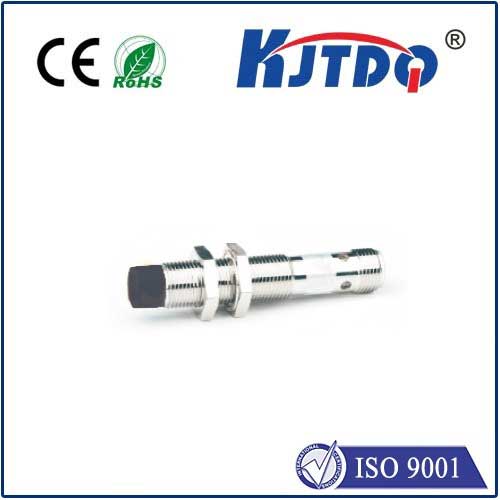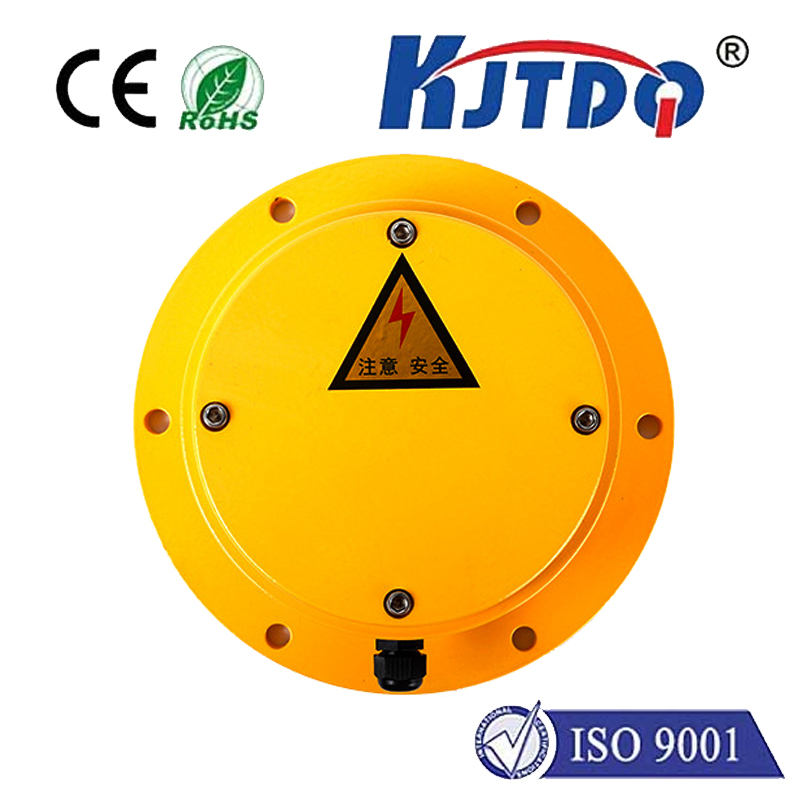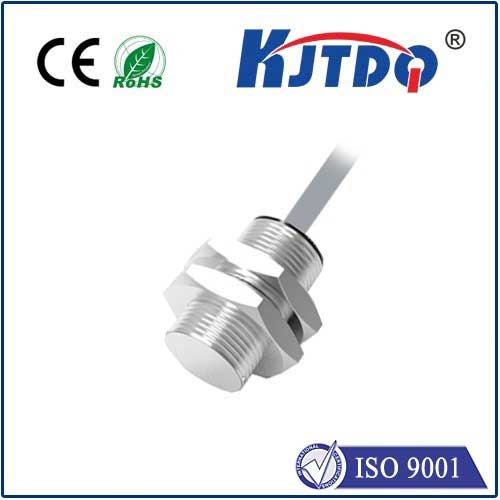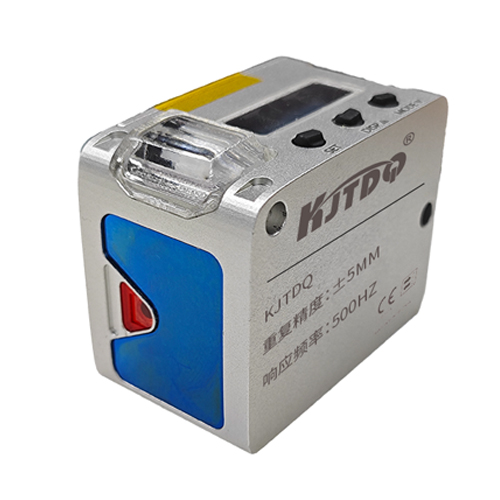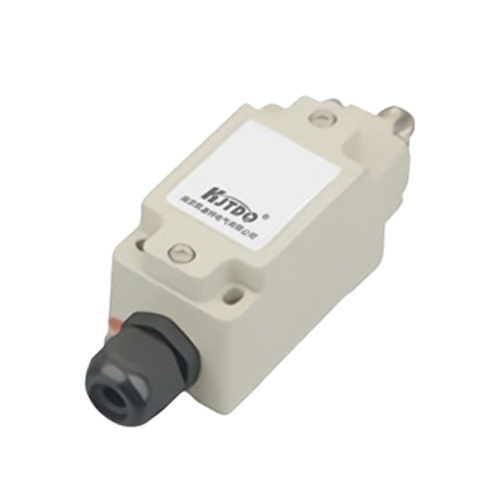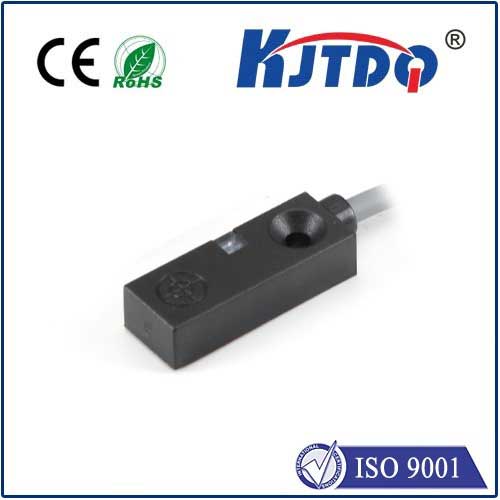

check

check

check

check

check

check

check

check

check

check
The brake limit switch is a crucial component in various industrial machinery and equipment. As the name suggests, it is responsible for detecting the position of brake pads or shoes to ensure that they are functioning effectively. In this article, we will delve into the significance and operation of a brake limit switch.
Firstly, let's examine the primary purpose of a brake limit switch. It is an electronic device that monitors the position of brake pads or shoes within a braking system. When the brake pads wear down to a certain point, the limit switch sends a signal to alert operators or maintenance personnel of potential issues. This early warning system helps prevent further damage to the brake components and ensures safe operations.

Now, let's explore how a brake limit switch works. Typically, these switches consist of an actuator arm connected to a set of electrical contacts. As the brake pads wear down, the actuator arm moves closer to the rotating component until it reaches a preset limit. At this point, the electrical contacts are closed, completing an electrical circuit. This action triggers an alarm or warning light, signaling that the brake pads need replacement or repair.
The importance of regular maintenance cannot be overstated when discussing brake limit switches. Regular inspections and testing can help identify any wear or damage to the braking system before it becomes a more significant issue. Additionally, replacing worn brake pads promptly can prevent unnecessary strain on other components, prolonging the lifespan of the overall braking system.
In conclusion, a brake limit switch plays a vital role in maintaining the safety and efficiency of industrial machinery and equipment. By monitoring the position of brake pads or shoes and providing early warning signals, they help prevent costly repairs and ensure the smooth operation of machinery. It is essential to prioritize regular maintenance and inspections to keep brake limit switches functioning correctly and avoid potential hazards.
